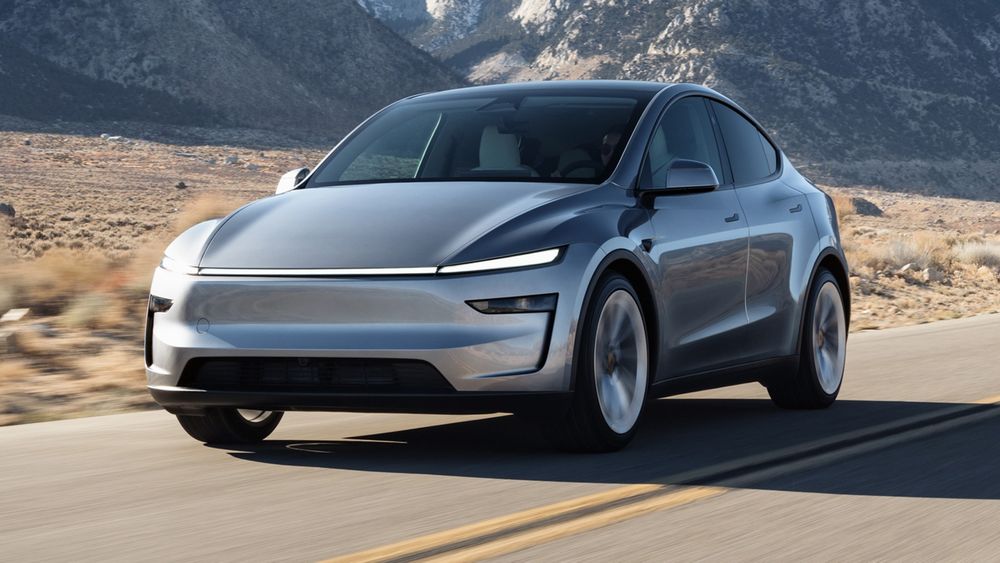Tesla has introduced more affordable trims of its two most popular electric vehicles, the Model Y SUV and the Model 3 sedan. These new versions cost less because the company reduced the range and removed several premium features. The goal is to attract more price-sensitive buyers during a year in which Tesla has seen declining sales.
The cheaper Model Y version comes just under $40,000. It offers a shorter driving range, a simpler interior with fabric instead of microsuede, fewer speakers, and lacks advanced features like a panoramic roof and rear row touchscreen. The new Model 3 trim is priced under $35,000 and also cuts some features, such as ambient lighting and longer-range battery options.
Why This Move Matters
Tesla makes this change at a time when the EV market has grown more competitive. Many buyers now compare value more carefully, given rising prices, fewer incentives, and increased options from rivals. The federal EV tax credit of $7,500 recently expired, removing a benefit that had helped buyers afford more premium trims.
Additionally, Tesla sales have slowed, partly because of consumer backlash related to its CEO and because competitors now offer similarly priced EVs. By offering less expensive versions, Tesla hopes to regain momentum and defend its market share in the face of pressure from companies such as Ford, Hyundai, and Chevrolet.
What Tesla Gave Up to Lower the Price
To hit lower price points, Tesla removed or downgraded several features and specs. The new Model Y has fewer speakers, a fabric interior, and no premium roofs or second-row display. It also sacrifices some driving range compared to higher trims.
Similarly, the new Model 3 version gives up ambient lighting and other upscale touches. Buyers of these new trims will accept fewer bells and whistles in exchange for lower upfront costs.
How the Market Reacted
Investors responded cautiously. Despite the new offerings, Tesla’s stock price dropped by a few percent after the announcement. Some analysts say the revisions may help stabilize sales, but they also warn that customers may expect more value, meaning Tesla must ensure these basic versions still feel strong in performance and durability.
Competitors are watching closely, especially makers of lower-cost EVs, which have already captured interest from buyers seeking affordable electric cars. If Tesla can deliver acceptable range and reliability at a lower cost, it may slow the shift of buyers toward brands that focus on affordability.
Risks and Challenges
Lowering the price by removing features carries risk. Some customers might view the stripped-down versions as too bare or see them as compromises. Brand perception matters, so Tesla must maintain quality even in its budget tiers.
Also, winning back market share may take more than just lowering prices. Customer support, charging infrastructure, warranty, and perceived value will all remain important. If Tesla delivers cheaper versions but fails in other areas, they might not reverse the decline.
Conclusion
Tesla’s decision to offer cheaper versions of its Model Y and Model 3 shows the company adapting to tough market conditions. By cutting features and price, it aims to appeal to more buyers, counteract tax credit losses, and push back against growing competition. Whether the move succeeds will depend on whether consumers accept less for less and whether Tesla delivers sufficient quality and value in these models.
Bonus Read: Deloitte to Partially Refund Australian Government Over AI-Error Report



